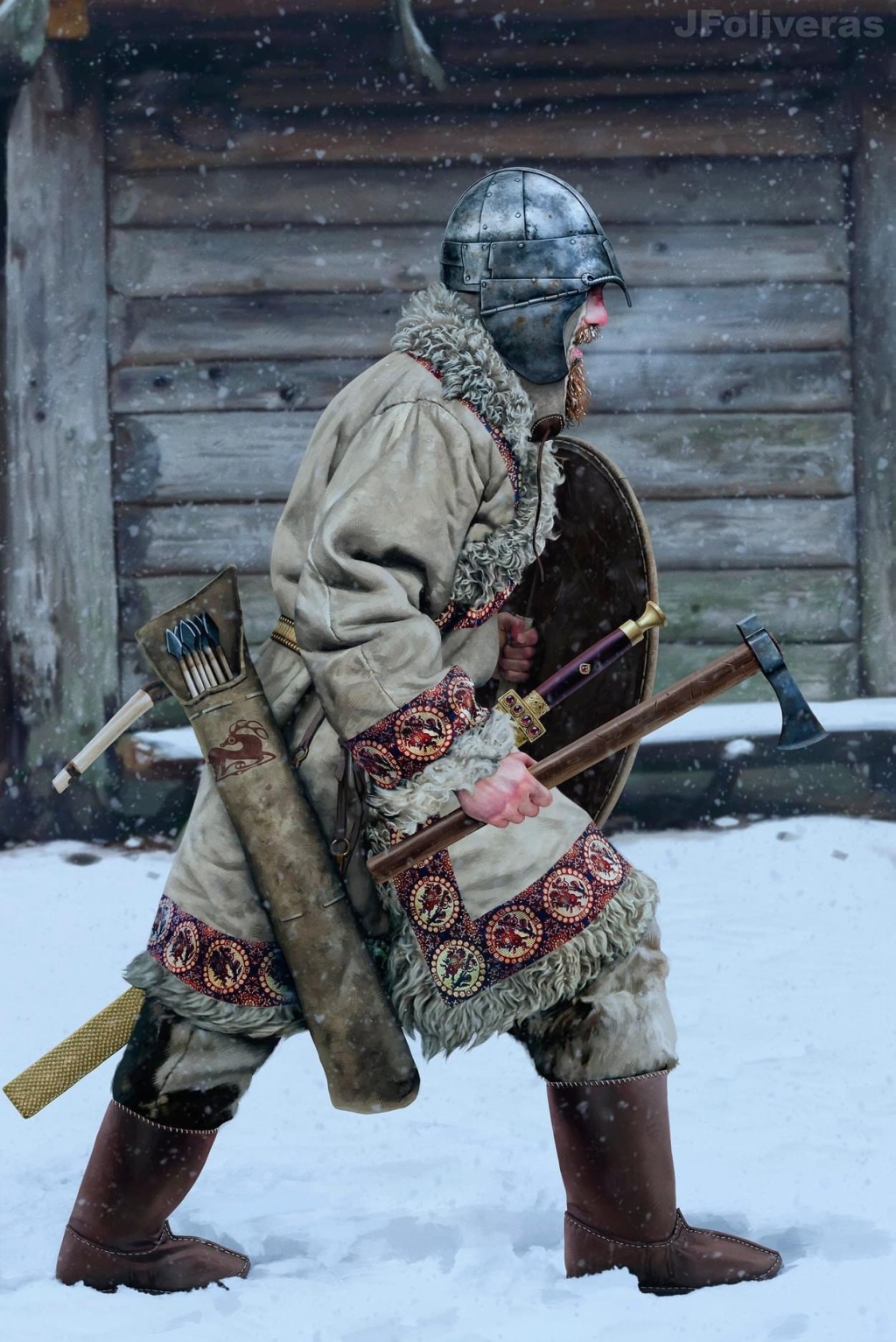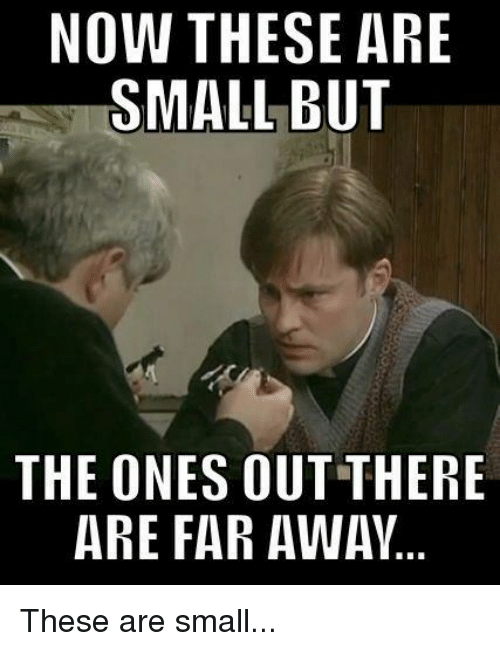Most gamers like to paint their miniatures. Most gamers hate to base their miniatures. My regular reader will know of my disasters that include finding something the cat had deposited in my sandbox, after I’d based a whole Arab army with the “mix!”Steve Timjim is a perfectionist, everything he paints is of the same standard. It’s a joy to see all his armies painted but also most importantly based to the same high standard. If you were impressed with his earlier guide to painting, then read on for a quick and very effective guide to basing.

The vital ingredient is from Woodland Scenics, no Pollyfiller or sealant was hurt in the making of these bases.

Readily available from model stockists, ballast is the magic ingredient because it cuts down on the need to paint. All that is needed is a quick drybrush and some static grass.

Cover the base with P.V.A. Glue, with a tiny blob of blutac to keep the minis in place. In reality, this really isn’t needed for 6mm cavalry but for the little strips of infantry the blutac is fantastic for stopping the little fellahs from keeling over or going wonky during basing.

I went for six dudes on a 40mm by 30mm base. This allows two to for a Black Powder unit or else a Blucher “regiment”.

Carefully put them to one side an aasheet of paper and gently pour on some ballast using a teaspoon ( or ladle in the USA Mark?)

That’s the batch done . Just leave to dry……..

Once dry, I just tip the ballast onto the paper and pour it back into a tub. I love this stage, fresh cannon fodder for the war machine!

I drybrush the open areas of the base with a bit of yellow ochre artists’ tube acrylic ( which lasts forever by the way!)

Then mix in a little pale umber and drybrush it lightly again. Finally, another light selective drybrush of pale umber on its own….

All that is left to do is to add a little PVA to hide any unsightly joins between the model bases and the ballast, plus a little more to make it look more scenic. Heap on some more static grass before shaking it off. Jobs a good un! All the Spanish in these two articles were completed in one afternoon between ‘family chores.’
Thanks to Steve for a very useful article. I for one will give it a go. Let us know how you get on. See more of Steve’s collection in last Friday’s epic clash report.






Leave a reply to mellis1644 Cancel reply